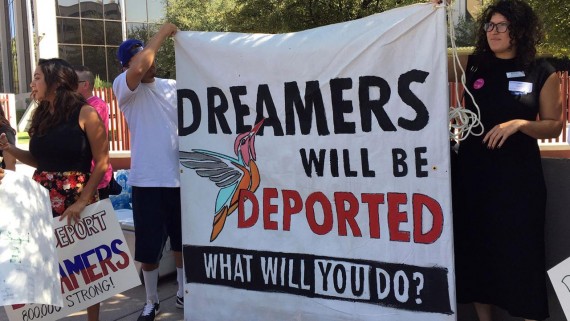by Kristine Payne
Everyone wants to have a clean and healthy smile, and achieving one involves the practice of good oral hygiene. But accomplishing that can be difficult when a good number of commercial toothpastes are made with questionable ingredients. These ingredients can range from endocrine disruptors to carcinogens — all of them have no business being near your teeth and gums. Before you squeeze a dollop of toothpaste onto your toothbrush, look out for these ingredients.
1. Aspartame – A controversial artificial sweetener associated with a plethora of health problems, including but not limited to weakness and fatigue, abdominal cramps, weight gain and nausea.
2. Carrageenan – This particular ingredient is derived from red seaweed, or Irish moss, and is used to thicken and stabilize “natural” toothpastes. Repeated consumption of carrageenan has been linked to skin rashes and gastrointestinal problems.
3. Diethanolamine – A common ingredient in foaming products, diethanolamine (DEA) is at best a mild eye and skin irritant, and at worst a hormone disruptor that can potentially form carcinogenic nitrates. Exposing your skin to DEA has even been linked to heightened risk of kidney and liver cancer.
4. FD&C Blue #1 and #2 – The brilliant blue color of toothpaste can be attributed to these ingredients. Their benefits to toothpaste are purely cosmetic, however. Swallowing these dyes can irritate your respiratory and digestive systems. FD&C Blue #1 has been linked to learning and behavioral problems in children.
5. Fluoride – Once touted as a solution to building strong teeth, fluoride has since been exposed as a downright unsafe toothpaste ingredient with a shocking number of negative health effects. From disrupting your immune system, to decreasing adrenal and thyroid gland function, there’s almost nothing to be gained from fluoride. In addition, ingesting too much fluoride can result in fluoride toxicity, which includes such symptoms as vomiting, skin rashes and headaches.
6. Propylene glycol – This surfactant and wetting agent has a variety of uses outside of being a toothpaste ingredient, most famous of which is as a component of antifreeze. Not exactly a substance you want to put near your mouth, even if you don’t take into account its potential toxicity to the liver, kidneys and brain.
7. Sodium lauryl sulfate – This chemical is added as a detergent, a cleansing agent, and as a surfactant or foaming agent. Sodium lauryl sulfate (SLS) is supposed to get rid of plaque, when in reality it just worsens your oral health. Besides raising the chances of developing sensitive teeth, SLS has also been linked to increased frequency and longer outbreaks of canker sores, as well as irritating already-existing allergies.
8. Sorbitol – To prevent toothpaste from drying out and hardening, sorbitol is often added as a key ingredient. Unfortunately, sorbitol has a laxative effect and can lead to chronic diarrhea.
9. Triclosan – Similar to fluoride, triclosan was originally included in toothpaste for its alleged health benefits, in this case as an antibacterial agent. Just like fluoride, however, triclosan has come under scrutiny for its role in endocrine disruption, thyroid gland interference, and even environmental degradation. Triclosan has been classified as a pesticide by the United States Environmental Protection Agency (EPA), and is therefore a substance you should stay away from as much as possible.
Toothpaste brands that make liberal use of any of these ingredients should be avoided, for your health’s sake. To keep your mouth — and the rest of you — healthy and safe, choose Health Ranger Select Tooth Salt with Neem. This all-natural, chemical-free tooth salt is composed of health-promoting ingredients such as sea salt, spearmint oils and organic neem leaf. No artificial ingredients or fillers here — just another worthy addition to your oral hygiene regimen.









